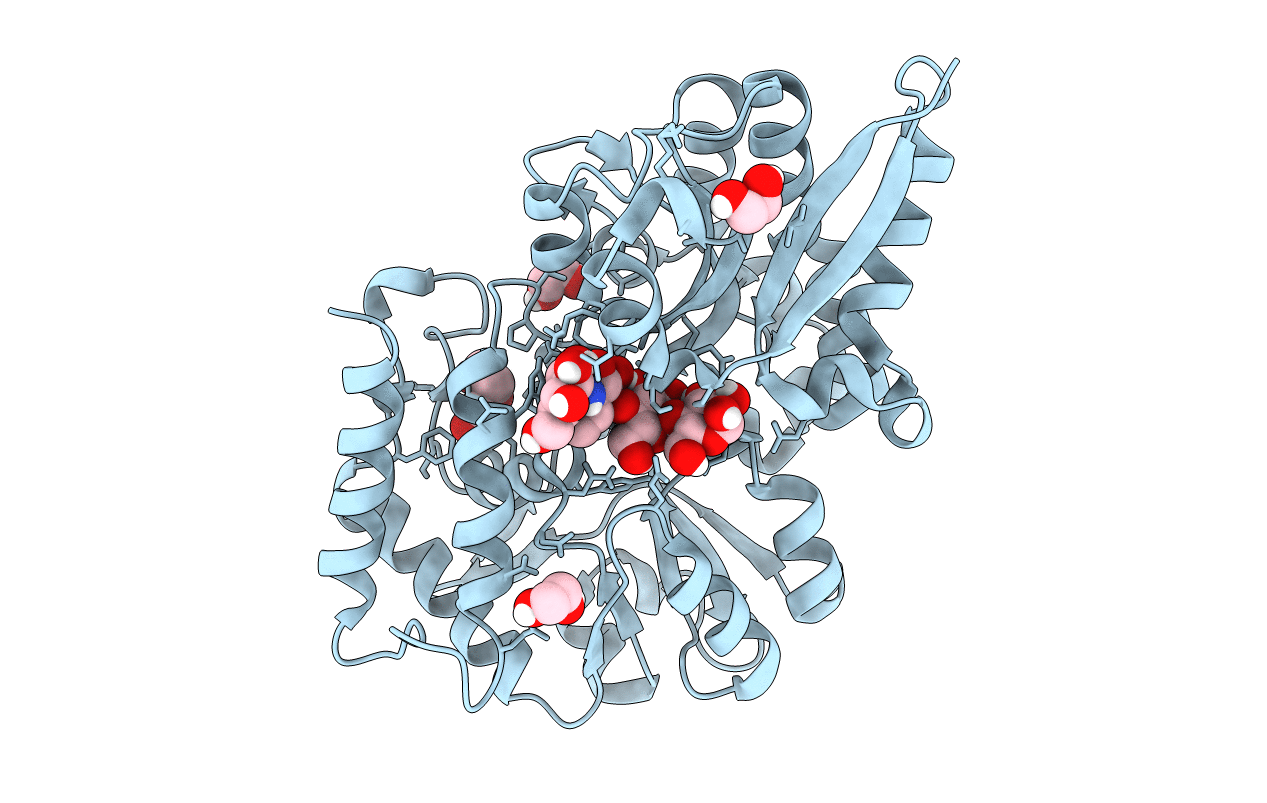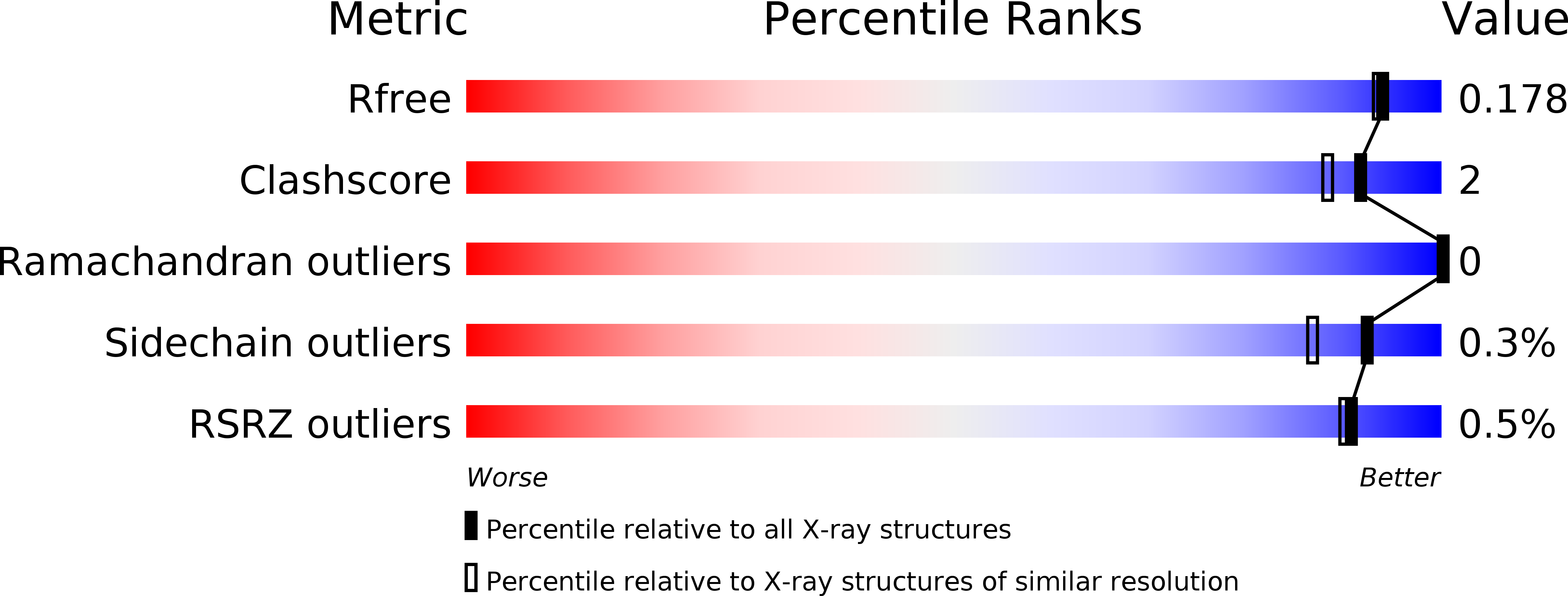
Deposition Date
2014-08-08
Release Date
2014-12-10
Last Version Date
2023-12-27
Entry Detail
Biological Source:
Source Organism:
Eubacterium rectale DSM 17629 (Taxon ID: 657318)
Host Organism:
Method Details:
Experimental Method:
Resolution:
1.60 Å
R-Value Free:
0.17
R-Value Work:
0.14
R-Value Observed:
0.14
Space Group:
P 21 21 2


